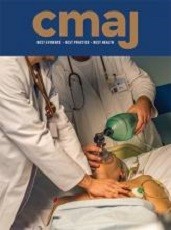PG Coffey

Extract
. . . Apart from a difference in maturity, there is no essential difference biologically between the prenatal and the postnatal child. It would appear, however, that those who believe in liberalized abortion ignore completely the most simple biological facts about the prenatal child and assume that life begins at birth and that whatever goes on before this is so mysterious that it can hardly be called life. . . Those who say that a law should be passed making abortion a purely medical question and independent of the law are in fact saying that the prenatal child does not deserve any legal right to life whatsoever. . .
Coffey P. (Correspondence) Abortion. Can Med Assoc J. 1970 Nov 21;103(11):1194, 1196.